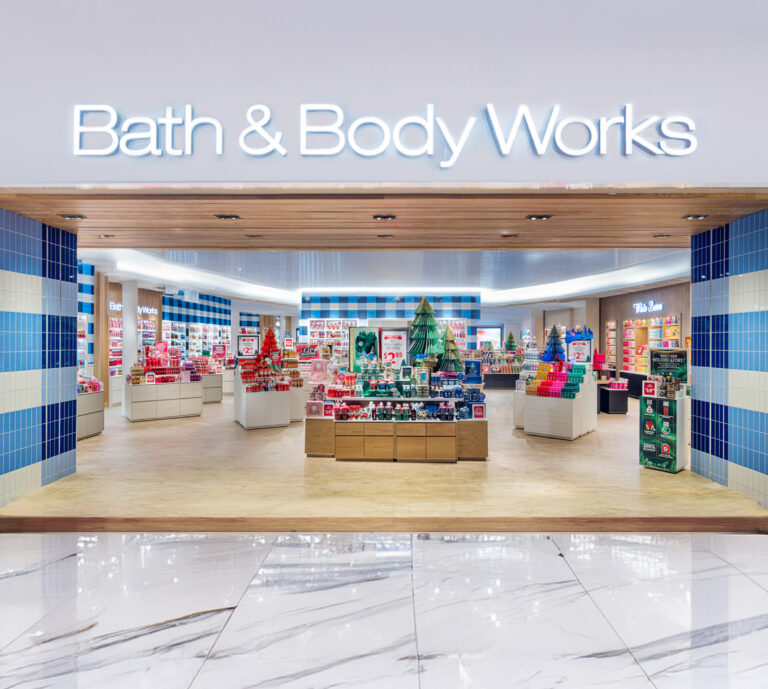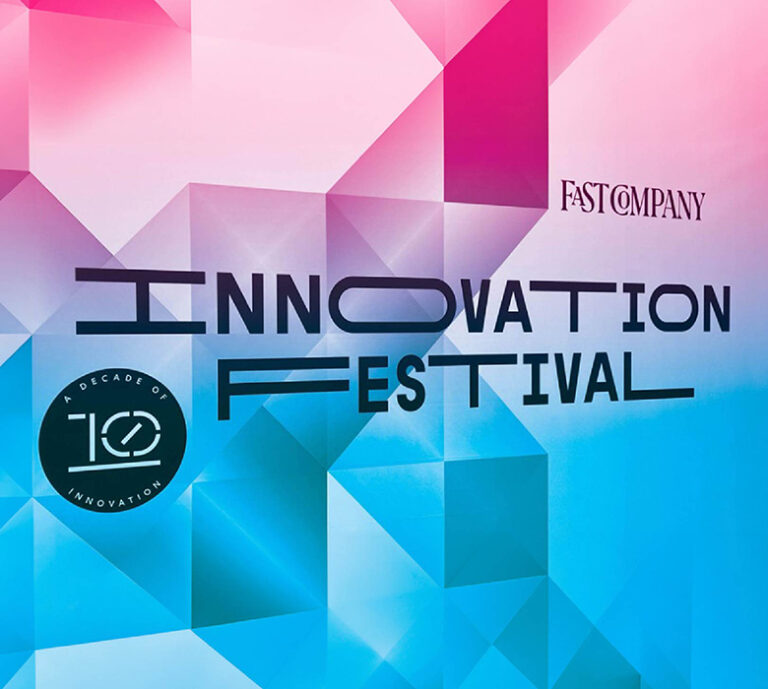×

Our Executive Director of Architecture, Glen Middleton, shares how brands should be approaching sustainable retail design.

Bill Chidley, Partner and Insights & Strategy Lead at ChangeUp, discusses a consumer-first mindset and actionable strategies for Restaurants post-pandemic.
In an on-demand world, dining is no exception—especially in the era of COVID-19 quarantines. QSR & Fast Casual restaurants are experiencing significant disruption with rapidly changing consumer priorities, behaviors, and expectations. As a result, we’ve seen an explosion of channels shifting the way we plan, manage, and experience dining in 2020. However, check counts are down significantly overall, and revenue is in a freefall.
With the global pandemic wreaking havoc across best-laid plans, we’re exploring how restaurants can adapt to this unprecedented challenge based on the changing consumer.
Start with a new mindset. Switching from growth to survival is new territory for many brands, and the age-old concept of dining “occasions” needs to be set aside for the time being.
Short-term: Ensure your consumers know you’re open for business. There is much confusion over what options are still available, and the consumer needs to know that your brand is still open for business. Make sure to update menus and new items (i.e., groceries) on delivery service platforms like Postmates, UberEats, and Grubhub.
Long-term: Innovate around “occasion dilution.” During isolation, the standards of lunch and dinner may become less distinct. It’s a challenge that is different for every category but fundamental to driving a different product mindset. Focus your propositions on being less about when and more about why.
We will likely find that the new routines developed by consumers amidst this crisis will probably stick around once it wanes.
Short-term: Inspire with new solutions. Making meals every day creates cooking fatigue and heightens the need for a break or solution for boredom. In addition to having menu items that translate well to off-premises dining, understand that consumers are now looking to food as entertainment. Reconfigure existing menu items as sharables or bundled family meals, to lower costs and create new choices that feature assembly or in-home customization.
Long-term: Design for social distancing. Social and physical distancing will be a reality for the next year and a half, possibly longer, depending on when a vaccine is ready. Hopefully, these fears will subside, but restaurants should prepare to reduce table density or introduce new ways to make guests feel more separated from other parties, especially while waiting in line.
Guests are going to be expecting clear communication on what will stay the same when you reopen and what changed.
Short-term: Clarify menu item details to overcome order anxiety. As new or lapsed users re-engage with your concept via drive-thru or online, the item descriptions, either in the name or key ingredients, can be a barrier. Err on the side of explicit depictions versus “signature” sauces or seasonings.
Long-term: Guests will return, and so will growth. After months of dining room closure and absence of wait staff or counter service, it will be essential to reopen with high levels of execution. How your team is brought back and inspired, and how you refresh your space will be vital to making the right impression and start growing again. Spend the time now to plan for how you celebrate your guests’ return to visiting your space.
When this crisis passes, we will all have changed, but how remains to be seen. The year of COVID-19 will move from news reports to history books, and a new yet familiar normal will come back. Restaurants that were successful before the pandemic will survive and those that can bear the cost of being compassionate and selfless in the coming months should see a swift, gratitude-driven recovery. What mattered before will matter again–great food, great service, and a great experience.


